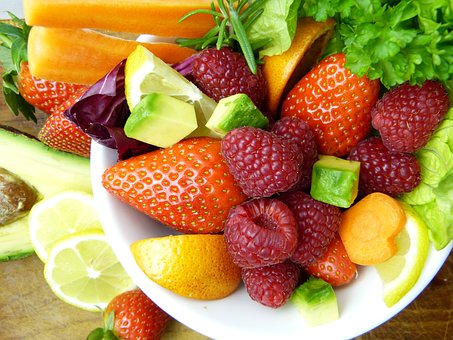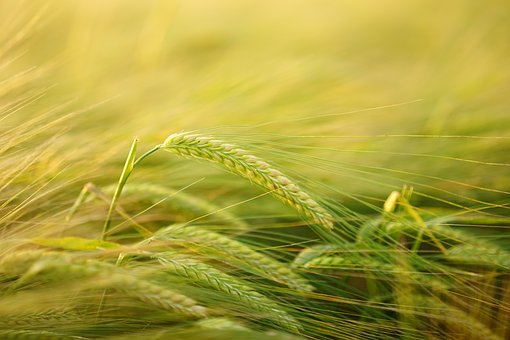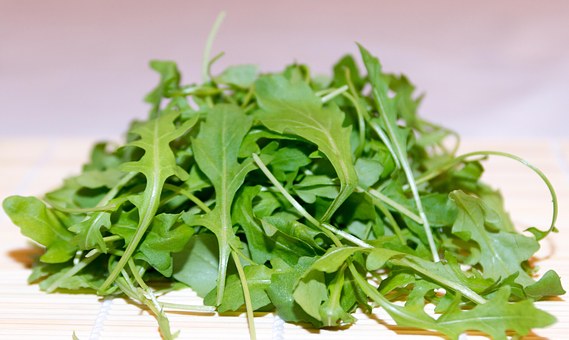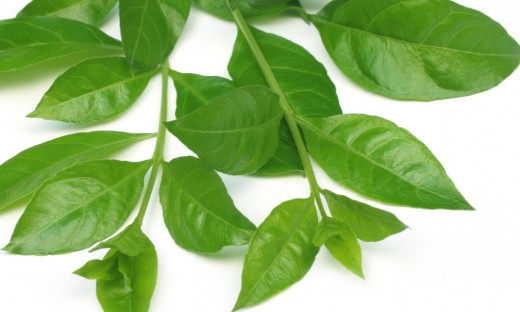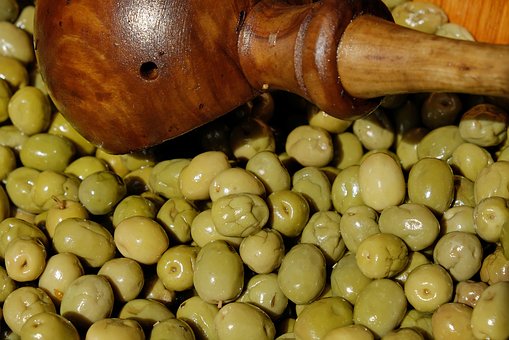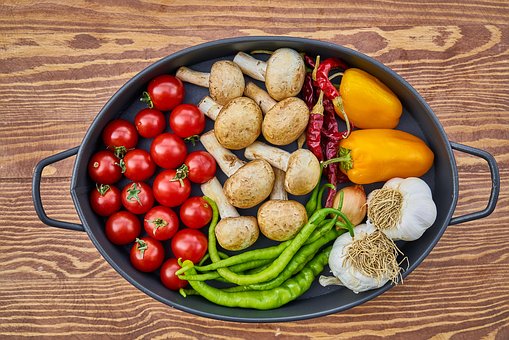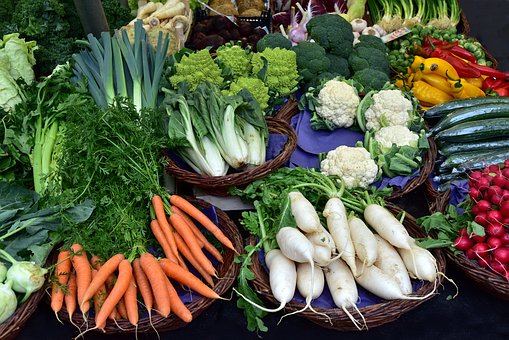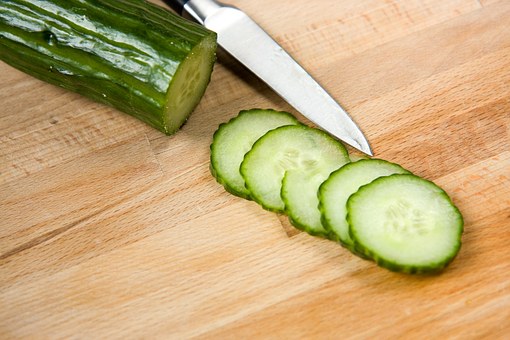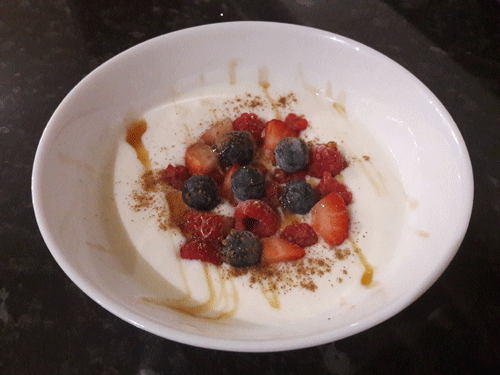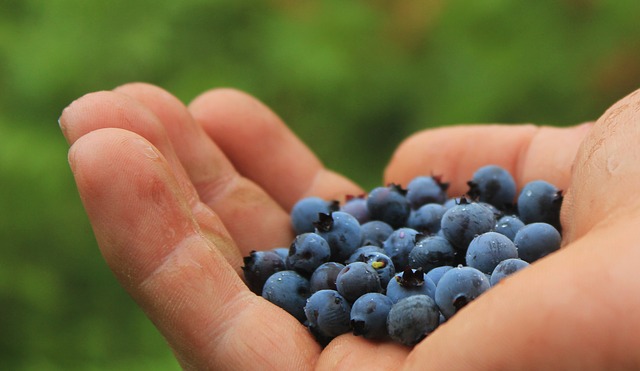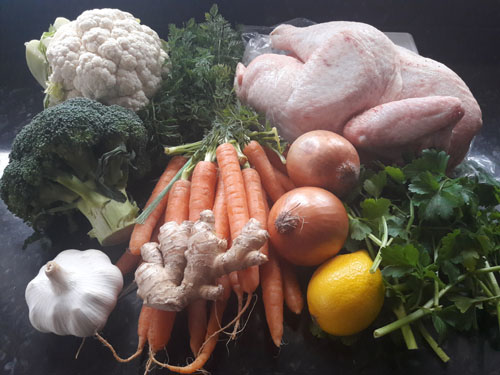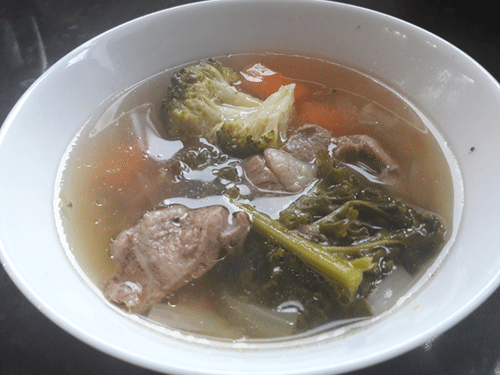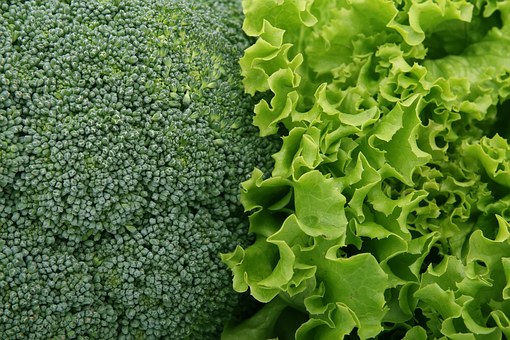Vitamin K Is Essential for Blood Clotting, Healing and Bone Health
© HealthyMuslim. See Terms and Conditions
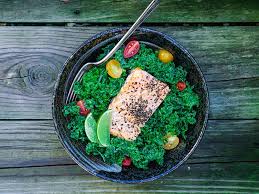
Vitamin K is a fat-soluble vitamin, so it is stored in fatty tissue in the body. Three types of compound have vitamin K activity: K1, K2 and K3. Most of our dietary intake is in the form of vitamin K1, from vegetables such as broccoli and cauliflower. However, we obtain only very small amounts of the most useful form, vitamin K2, which is found, for example in probiotic foods.
Health Benefits
Some vitamin K2 is made naturally by probiotic bacteria in the bowel. Absorption is not that efficient, however, and the amounts made are not enough to need our needs. Production appears to be reduced in older people and in those taking antibiotics.
- Bones: vitamin K is needed to make the protein, osteocalcin, which binds calcium in your bones. Lack of vitamin K is linked to osteoporosis and research suggests vitamin K supplements can reduce calcium loss from bones in older women by up to 50%, and helps to strengthen weak bones and reduce the risk of fractures. [1]
- Diabetes: some evidence suggests that vitamin K is associated with reducing thee development of insulin resistance and protects against type-2 diabetes. This could be linked with the vitamin K-dependant bone protein, osteocalcin, which is thought to play a role in glucose metabolism.
- Heart: vitamin K2 (but not vitamin K1) is associated with reducing the risk of heart disease in older people, especially older women. Researchers looking at dietary intakes of over 16,000 women aged 49-70 years found that every 10mcg increase in dietary intakes of vitamin K2 reduced the risk of coronary heart disease by 9%. [2] This may be related to a reduced build-up of calcification in artery walls.
- Cancer: Evidence is also emerging that links vitamin K as a powerful player in cancer prevention. Recent studies have connected vitamin K2 with a nearly 30 percent reduction in the risk of cancer mortality and a 14 percent lowered risk of cancer altogether, and high dietary vitamin K intakes with up to 45 percent lower risk of developing cancer of the immune system.
Good Sources
Good sources of vitamin K1 include green leafy vegetables such as broccoli, cabbage, cauliflower, spinach, and vegetable oils and cereals. Fermented foods like sauerkraut, cheese and other probiotic foods are good sources of vitamin K2.
Try to include both vitamin K1 and K2 in the diet for better overall health.
To obtain the heart and circulatory benefits of this vitamin, look for supplements that contain vitamin K2 rather than vitamin K1 where possible, but not vitamin K3, or menadione, which is a synthetic, man-made form of the vitamin.
References
[1] Cockayne S, et al. Vitamin K and the prevention of fractures: systematic review and meta-analysis of randomized controlled trials. Arch Intern Med 2006; 166(12):1256-61.
[2] Gast GC, et al. A high menaquinone intake reduces the incidence of coronary heart disease.Nutr Metab Cardiovasc Dis 2009;19(7):504-10.
Link to this article: Show: HTML Link • Full Link • Short Link
Share or Bookmark this page: You will need to have an account with the selected service in order to post links or bookmark this page.





|
Related Articles:
- Talbina: Relaxation For the Heart of the Sick Person
- Higher Vitamin D Levels in Blood Associated With Lower Cancer Incidence
- Cancer Said To Be No. 1 Killer by 2010
- Disease-Fighting Properties of Green Tea
- Regular Exercise 'Prevents Breast Cancer'
- Caution on Triclosan - An Anti-Bacterial In Soaps, Toothpastes, Deodorants And Cosmetics
- Green Tea, Blueberry and Raspberry Fruit Extracts Touted as Potential Cancer Fighters
- Artificial Sweetener Aspartame Is Carcinogenic
- Mobile Phone Use 'Raises Children's Risk of Brain Cancer Fivefold'
- Dr Linus Pauling, Vitamin C Infusions and Cancer
You must be registered and logged in to comment.
Most Popular
Latest Articles
Popular Subjects
Health, fitness and longevity
Based upon the principles of health
in the Qur'an and Prophetic Traditions.
HealthyMuslim.Com
There are two bounties in which
most people lose out: good health
and free time. Al-Bukhari.





